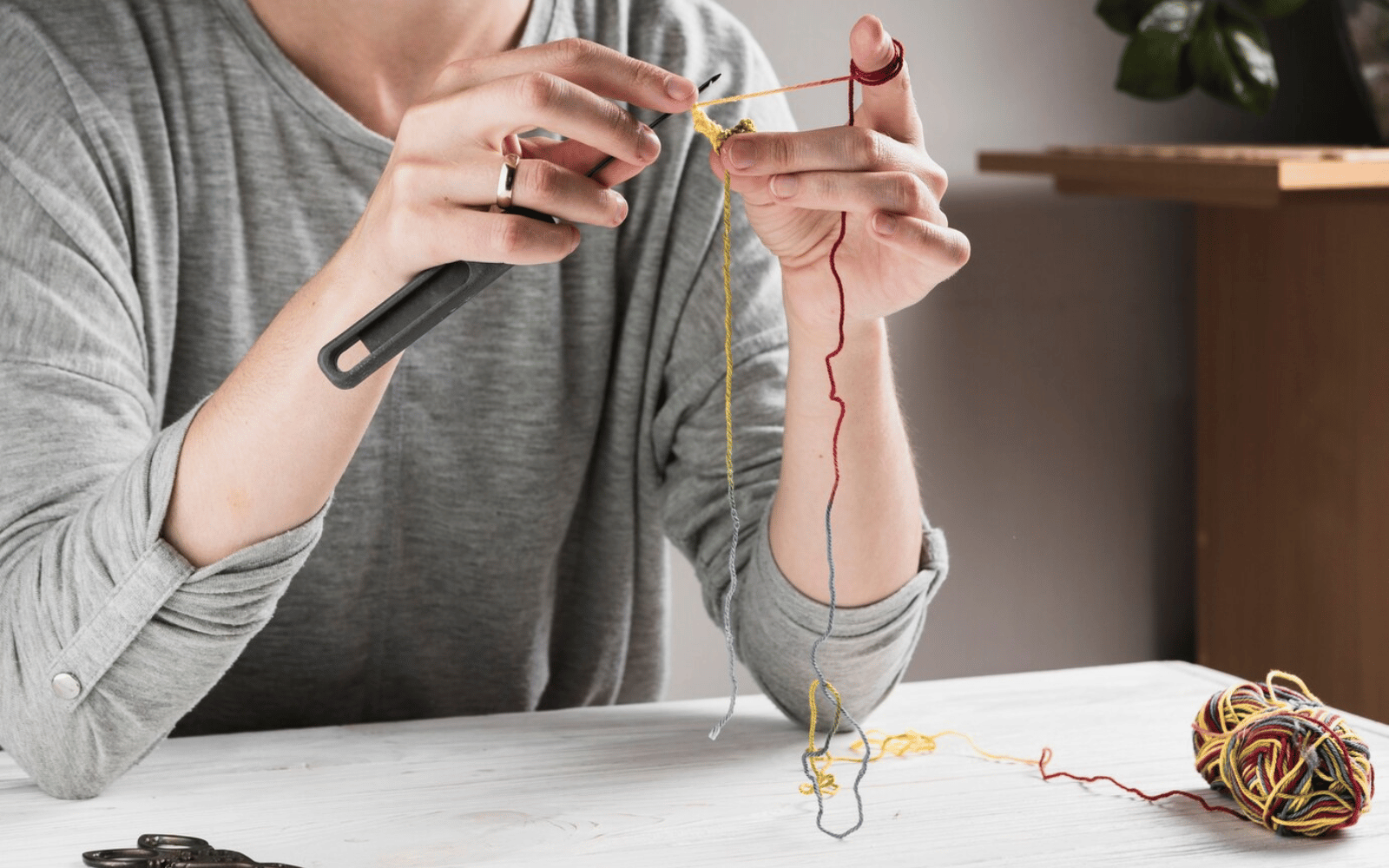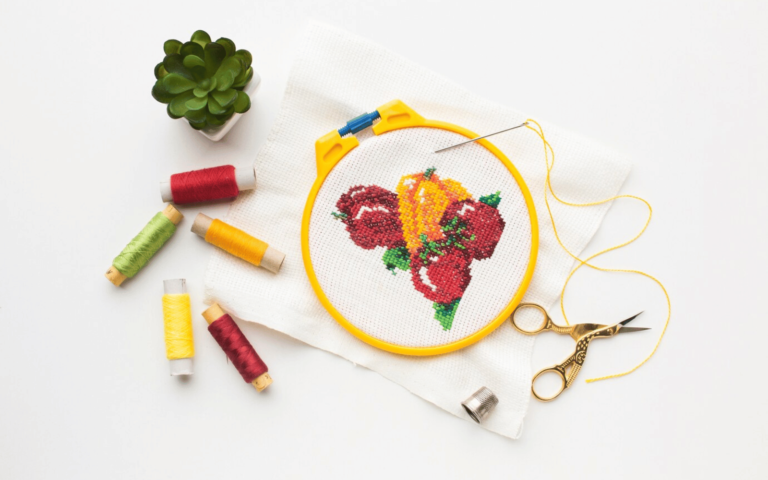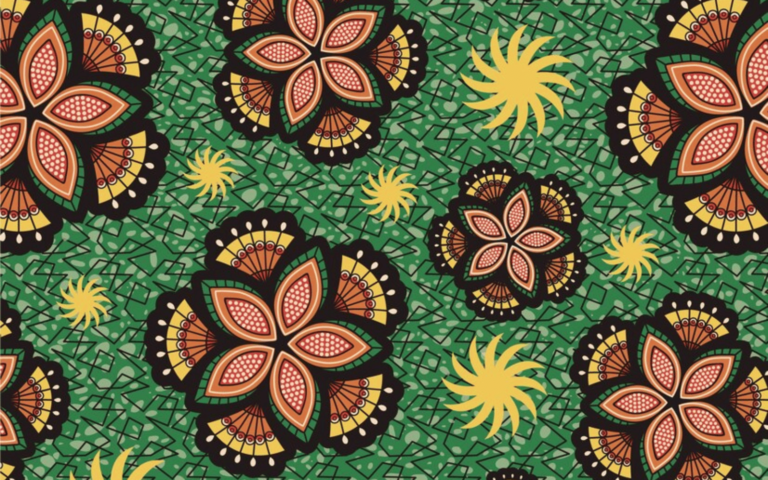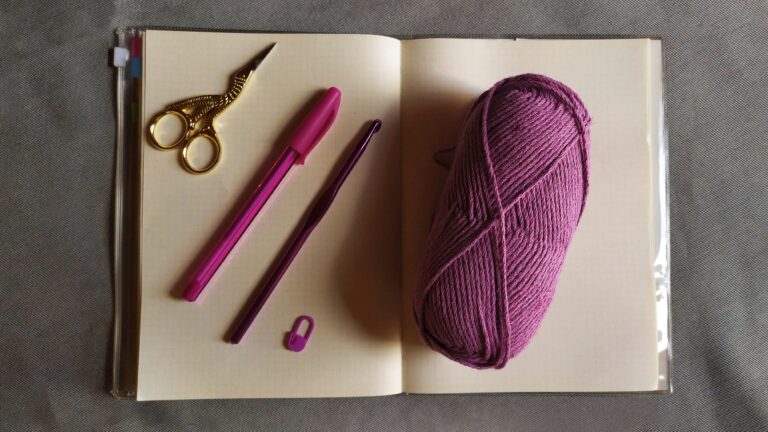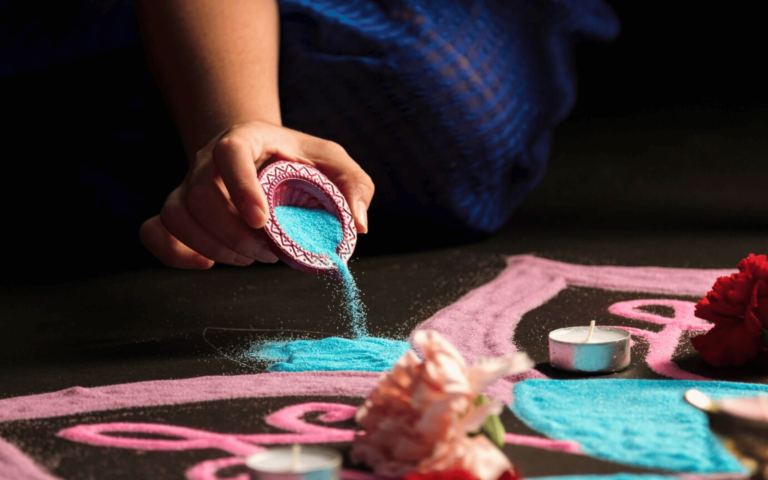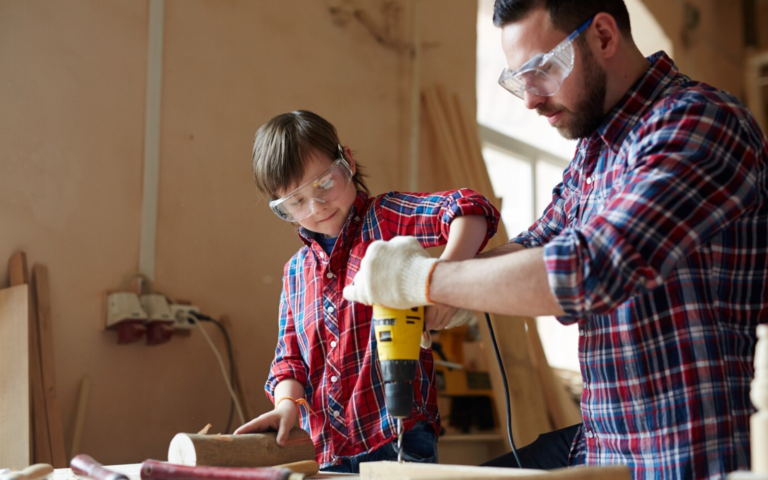The Transformative Journey of Fiber Art
Fiber art, a dynamic and multifaceted form of creative expression, has roots deeply embedded in the history of human civilization. Originally born from necessity – clothing, shelter, and utility items – it has evolved dramatically, becoming a medium in the contemporary art world. Unlike traditional art forms like painting or sculpture, it employs materials such as fabric, yarn, and natural and synthetic fibers. This evolution from practical craftsmanship to artistic expression mirrors the broader journey of art itself, reflecting the changing times and cultural values. The history is as diverse as the materials and techniques used. From the ancient tapestries of the Middle Ages to the intricate quilts of the American frontier, each era and culture has contributed to its rich tapestry. Today, it stands at the crossroads of tradition and innovation, merging the old with the new. This fusion not only honors the past but also paves the way for future analysis in this field.
The Role of the Color Wheel in Fiber Art
The color wheel is an indispensable tool in the arsenal of a fiber artist. It serves as a guide for selecting and combining colors to create harmony, contrast, and balance in their work. The principles of the color wheel, including the relationships between primary, secondary, and tertiary colors, are fundamental in creating visually appealing pieces. The use of color in fiber art goes beyond mere aesthetics; it’s a form of language. Artists use color to convey emotions, tell stories, and create mood. For instance, warm colors can evoke feelings of passion and energy, while cool colors can be calming and soothing. The color theory enables artists to manipulate these emotions, guiding the viewer’s eye and heart through their artwork.
Innovative artists are pushing the boundaries of how color is used in fiber art. They experiment with unconventional combinations, gradients, and textures to create depth and movement. Some analyze the psychological impacts of color, while others use it to challenge societal norms or highlight cultural themes. These analysis make color an ever-evolving element in the world of it. Case studies of artists like Anni Albers and Sheila Hicks reveal how color can be a tool for expression. Their works demonstrate not just technical proficiency but an intuitive understanding of how color can shape the narrative and impact of a piece. By learning the color wheel, fiber artists continue to expand the possibilities of this medium, making it an exciting and evolving field of artistic expression.
Revitalization of Traditional Fiber Art Skills
The contemporary fiber art movement is characterized by a resurgence of traditional skills, adapted and reimagined for the modern era. Techniques like weaving, embroidery, and felting, which have been passed down through generations, are experiencing a renaissance. Artists are not only preserving these techniques but are also infusing them with contemporary relevance. The revival of these traditional skills is more than just a nod to the past; it’s a statement about the value of craftsmanship in a world increasingly dominated by mass production. By focusing on handcrafted techniques, artists are bringing back a sense of authenticity and personal connection to their work. This trend is also a response to the growing desire for sustainable and ethically produced art.
This resurgence is not just about keeping old methods alive; it’s about evolution. Artists are experimenting with these techniques, combining them with new materials and ideas. For example, a traditional weaver might incorporate modern synthetic fibers or integrate digital designs into their patterns. This blend of old and new elevates the craft and opens up new avenues for artistic expression. The impact of this revitalization on the scene is profound. It has led to a greater appreciation of the skill and artistry involved in these traditional methods. Galleries and exhibitions are increasingly showcasing works that highlight these skills, and there’s a growing market for art that embodies this blend of tradition and innovation. This trend is not only enriching the world of fiber art but also ensuring the survival and relevance of these age-old techniques.
Innovative Techniques in Fiber Craft
The realm of fiber craft is witnessing an era of unprecedented innovation. Artists are not only revisiting traditional techniques but are also pioneering new methods, pushing the boundaries of what can be achieved with fiber. These innovations are a testament to the versatility and adaptability of fiber as a medium. One area of innovation is in the materials used. Beyond traditional fibers like wool and cotton, artists are experimenting with unconventional materials like recycled plastics, electronic components, and even plant matter. This experimentation not only expands the textural possibilities but also opens up conversations about sustainability and technology in art.
Technological advancements are another frontier in the innovation of fiber craft. Digital weaving looms, laser cutting, and 3D printing are just some of the tools artists are using to bring their visions to life. These technologies allow for precision and complexity that were previously impossible, blurring the lines between traditional craft and contemporary art. The impact of these innovations is far-reaching. They are making fiber art more accessible and appealing to a broader audience, breaking down the barriers between the art world and the public. Additionally, these advancements are enabling artists to analyze themes like identity, culture, and the human condition in new and profound ways. Examples of cutting-edge fiber craft projects are numerous. From monumental installations to intricate wearable art, these projects showcase the endless possibilities of fiber as a medium. They are not just artworks; they are statements about the potential of human creativity and the ever-evolving nature of art itself.
Fiber Art Sculptures: A New Dimension
Fiber art is no longer confined to two-dimensional surfaces. The emergence of it sculptures has added a new dimension to this medium, allowing artists to analyze form, space, and volume in innovative ways. These sculptures range from small, intricate pieces to large-scale installations, each with its unique presence and impact. The techniques used in creating fiber art sculptures are as varied as the artworks themselves. Traditional methods like knitting, crocheting, and weaving are often combined with more modern practices like felting and thermoforming. Artists also use a variety of materials, from delicate silks to robust industrial fibers, each contributing to the texture and structure of the final piece.
The artists who create these sculptures are as diverse as their creations. They come from various backgrounds, each bringing their unique perspective to the medium. Some focus on the aesthetic and sensory aspects, while others use their work to analyze deeper themes like identity, environment, and social issues. These artists are not just sculptors; they are storytellers, using fiber as their language. These dynamic sculptures challenge the traditional boundaries of what fiber art can be. They invite viewers to engage with the artwork in a more physical and immersive way, offering a tactile experience that is often missing in other art forms. This shift from the two-dimensional to the three-dimensional is not just a change in form but a fundamental evolution in how fiber art is perceived and experienced.
The Intersection of Fiber Art and Technology
The integration of technology into fiber art is reshaping the landscape of this medium. This intersection is not just about using new tools but about redefining what fiber art can be. Technology is enabling artists to push the boundaries of their creativity, resulting in works that are as innovative as they are beautiful. Digital technology, in particular, has had a profound impact. Digital looms and computer-aided design (CAD) software allow for intricate patterns and structures that would be impossible to achieve by hand. This technology enables artists to experiment with form and scale, creating works that are complex and precise.
Interactive fiber art is another exciting development. By incorporating elements like sensors and LED lights, artists are creating pieces that respond to their environment or the viewers themselves. This interactivity adds a new layer to the artwork, making it a dynamic part of the space it occupies. It’s a way for artists to engage with their audience in a more direct and meaningful way. The future prospects of technology in fiber art are limitless. As technology continues to advance, so too will the possibilities for this medium. From virtual reality to biotechnology, the potential for new and exciting forms of fiber art is boundless. This fusion of art and technology is not just transforming the field of fiber art; it’s redefining what art can be in the digital age.
The Socio-Political Impact of Fiber Art
Fiber art has become a strong medium for social and political commentary. Through their work, artists are addressing issues like gender, race, and environmentalism, using their art to spark conversation and inspire change. This aspect of fiber art underscores its relevance and potency in today’s world. Many fiber artists use their work to challenge societal norms. By choosing a medium traditionally associated with ‘women’s work,’ they are redefining the value and perception of fiber art. This reclamation is not just about elevating the status of the medium but also about questioning and disrupting gender roles in art and society.
Case studies of fiber artworks with political messages reveal the range and depth of topics being addressed. From quilts memorializing victims of violence to installations critiquing consumer culture, these works are as diverse as they are impactful. They show that fiber art can be both beautiful and thought-provoking, a canvas for expressing complex and challenging ideas. The role of fiber art in cultural dialogues is significant. Exhibitions and public installations have brought these conversations to a broader audience, sparking discussions beyond the confines of the art world. This exposure is not just raising awareness about the issues being addressed; it’s also highlighting the strength of art as a tool for social change.
Sustainable Practices in Contemporary Fiber Art
Sustainability has become a central theme in contemporary fiber art. As awareness of environmental issues grows, artists are analyzing ways to create art that is not only visually stunning but also environmentally responsible. This shift towards sustainability is changing how fiber art is made and perceived. Environmental considerations in fiber art include the choice of materials and the processes used. Artists are increasingly turning to recycled, organic, and biodegradable fibers, reducing the ecological footprint of their work. They are also adopting practices like natural dyeing and handcrafting, which have less environmental impact than industrial methods.
The use of recycled and sustainable materials is not just an ecological statement; it’s a creative challenge. Artists are finding innovative ways to repurpose materials like plastic bags, discarded textiles, and even electronic waste. These materials bring new textures and stories to their work, adding depth and meaning. Highlighting eco-friendly fiber artists is important in promoting this movement. By showcasing their work and practices, they serve as inspiration for other artists and the public. This visibility encourages a broader adoption of sustainable practices in the art world and beyond, contributing to a more environmentally conscious approach to art.
The Educational Value of Fiber Art
Fiber art holds significant educational value, offering a unique blend of creativity, skill, and cultural history. It’s an accessible art form that can be taught and enjoyed by people of all ages and backgrounds. The educational aspect of fiber art is an important tool for fostering creativity and preserving cultural heritage. Fiber art in art education provides a hands-on learning experience. It teaches practical skills like sewing and weaving, which can be therapeutic. Beyond the technical skills, it also encourages creativity, problem-solving, and critical thinking. These skills are valuable not just in art but in all areas of life.
Workshops and community programs play a role in spreading the knowledge and appreciation of fiber art. These programs provide a space for people to learn, create, and connect with others. They are often tailored to different age groups and skill levels, making fiber art accessible to everyone. The benefits of learning fiber art skills extend beyond the creation of art. They include improved fine motor skills, enhanced cognitive abilities, and a sense of accomplishment. For many, fiber art is a way to express themselves and tell their stories, making it a tool for personal and community development.
Fiber Art Exhibitions and Galleries
Fiber art exhibitions and galleries play a role in the promotion and appreciation of this art form. They provide a platform for artists to showcase their work and for audiences to engage with it. These venues are essential in bringing fiber art to the forefront of the contemporary art scene. Notable exhibitions have had a significant impact on the perception. They have introduced audiences to the diversity and complexity of this medium, challenging preconceived notions of what fiber art can be. These exhibitions are often curated to highlight specific themes or innovations in the field, providing insight and context to the works on display.
The role of galleries in promoting is vital. They not only exhibit the work but also provide support and representation for fiber artists. This support is in a market that has traditionally favored more conventional art forms. Galleries dedicated to fiber art are instrumental in building a community of artists and enthusiasts, fostering a deeper understanding and appreciation of the medium. Upcoming fiber art exhibits worldwide offer a glimpse into the future of this evolving art form. These exhibits are increasingly international, reflecting the global nature of the fiber art community. They provide an opportunity for artists to gain exposure and for audiences to experience the latest developments in the field.
The Significance of Collaboration in Fiber Art Projects
Collaboration in fiber art projects stands as a testament to the shared spirit and creativity that drives artists to transcend individual capabilities and foster community growth. As the discipline of fiber art evolves, artists frequently engage with peers, institutions, and cultural groups to craft works that are not only visually arresting but also culturally resonant. These collaborations often begin with mutual respect for diverse artistic practices and a common desire to push creative boundaries.
When artists collaborate, they merge their unique skills and perspectives, creating pieces that are richer and more complex than what one artist could achieve alone. For instance, a project might combine the delicate precision of embroidery with the robust, textural elements of weaving, thereby enriching the aesthetic and tactile qualities of the artwork. These partnerships can also bridge generational gaps, blending traditional techniques handed down through centuries with contemporary artistic visions, thus ensuring that valuable artisanal knowledge is preserved and adapted rather than being lost to time.
Moreover, collaborative projects in fiber art often serve as platforms for cultural exchange and dialogue. Artists from different backgrounds can come together to produce works that reflect their shared experiences and histories, thereby fostering a deeper understanding and appreciation among diverse audiences. Such projects not only celebrate the richness of cultural heritages but also highlight current societal themes, making them relevant and engaging to a broad spectrum of viewers.
Institutional collaborations, involving museums, galleries, and educational institutions, play a crucial role in bringing fiber art to wider audiences. These partnerships often provide the necessary resources, such as space, funding, and exposure, enabling artists to undertake ambitious projects that might otherwise be unfeasible. For example, a museum collaboration might result in an exhibition that juxtaposes historical fiber art pieces with modern interpretations, offering viewers a narrative arc that spans decades or even centuries, illustrating the evolution and enduring relevance of fiber arts in contemporary society.
Furthermore, collaborations within the fiber art community can lead to significant innovations in materials and techniques. By working together, artists and craftspeople can experiment with new materials—recycled textiles, novel yarns, or sustainable fibers—that not only push the envelope in terms of what is possible within the medium but also address pressing environmental concerns. These innovations can set new trends within the art world, inspiring others to consider how their work impacts the environment.
Educational collaborations also hold significant value, as experienced artists partner with schools and community groups to offer workshops and courses that demystify the art form and make it accessible to new audiences. These educational initiatives not only nurture new talent but also embed an appreciation for the arts in younger generations. They ensure that the skills required for fiber art are not seen as obsolete but as vibrant and evolving, capable of adapting to new artistic and cultural contexts.
Finally, the act of collaborating within the realm of fiber art fosters a sense of community and support among artists. It encourages a culture of learning, sharing, and mutual support, which is essential in a field that can often seem isolating due to the solitary nature of the work involved. This community aspect can be particularly empowering in large-scale projects, where the collective effort and shared vision lead to outcomes that are profoundly impactful both personally and professionally for the artists involved.
Through these myriad forms of collaboration, fiber art continues to be a dynamic and influential field within the broader artistic landscape. It proves that through joint efforts, artists are not only able to elevate their craft but also contribute to the cultural and environmental dialogues of our time, making a lasting impact that resonates well beyond the confines of galleries and studios.
Outcome
The journey of fiber art, from its humble beginnings to its current status as a respected and valued form of art, is a testament to the creativity and resilience of artists. The future of fiber art looks bright, with ongoing innovations, a growing appreciation in the art world, and an expanding global community of artists and enthusiasts. The evolution of fiber art will likely continue at a rapid pace, driven by technological advancements, a growing focus on sustainability, and the ever-changing landscape of the art world. The integration of digital tools and unconventional materials will open new avenues for artistic expression, allowing artists to push the boundaries of what is possible with fiber.
Predictions for future developments in fiber art include a greater fusion of technology and traditional techniques. We might see more interactive and immersive installations where fiber art becomes a multi-sensory experience. The use of biodegradable and eco-friendly materials is expected to increase, reflecting a broader societal shift towards sustainability. The significance of fiber art goes beyond its aesthetic value. It is a medium that connects us to our past, reflects our present, and offers insights into our future. Fiber art tells stories, evokes emotions, and challenges perceptions. It is a testament to the strength of human creativity and the endless possibilities of artistic expression.
As we look to the future, it’s clear that fiber art will continue to play a vital role in the world of art. It will continue to evolve, surprise, and inspire, proving that even Maximum traditional of mediums can be reinvented and reimagined. The future of fiber art is not just about the art itself, but about the artists, the viewers, and the conversations it sparks. It’s a bright and exciting future, one that holds endless potential for analysis and discovery. Finally, fiber art represents a vibrant and dynamic field, rich in history and ripe with potential. Its journey from a functional craft to a respected art form is a story of innovation, resilience, and creativity. As it continues to evolve, fiber art will undoubtedly remain a significant and influential part of the global art landscape, captivating and engaging audiences for generations to come.
See More At: woolen8wonders.com

